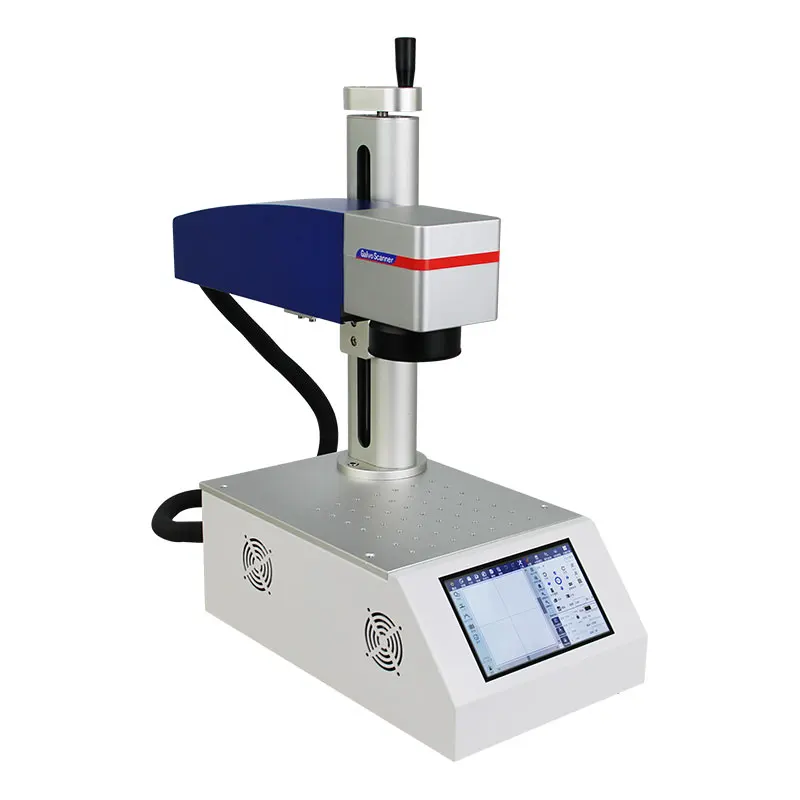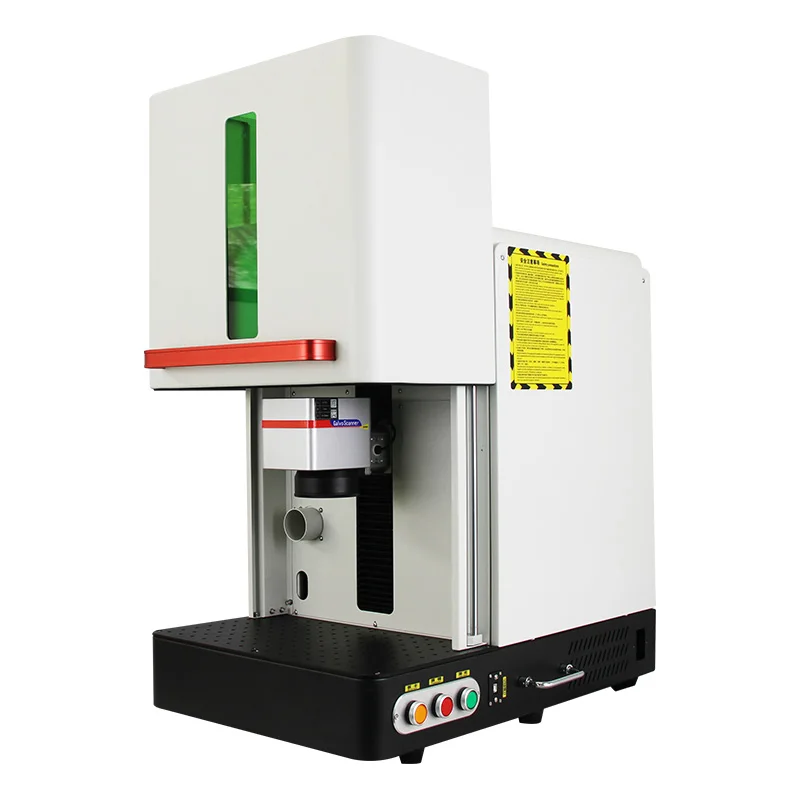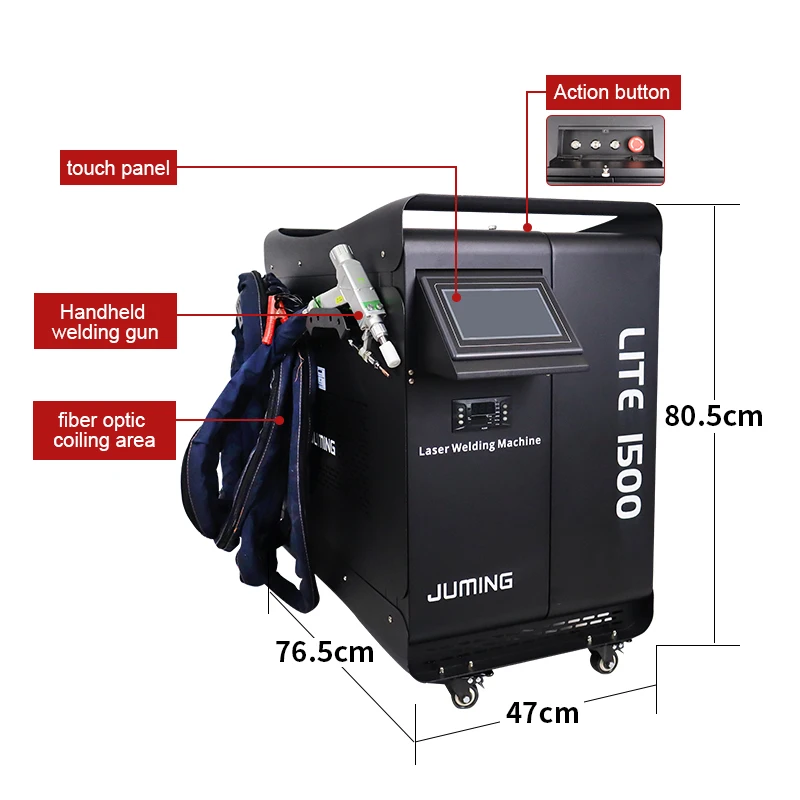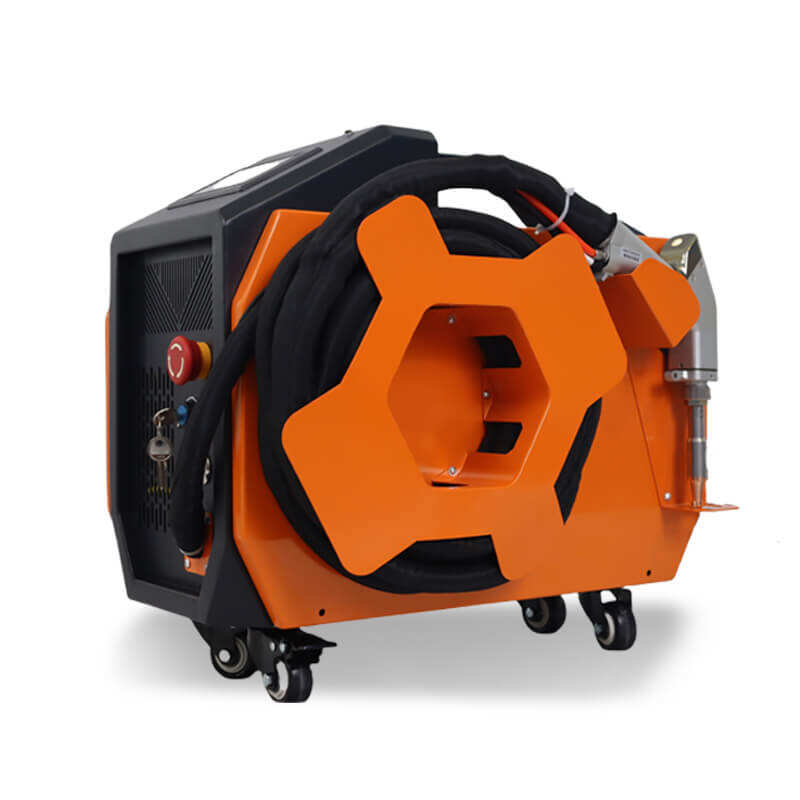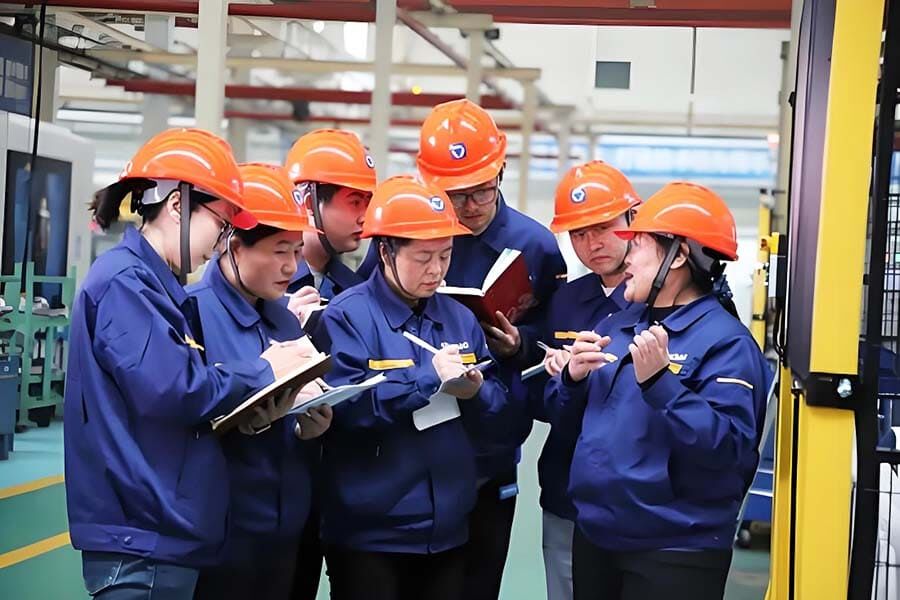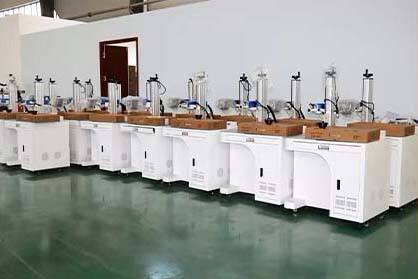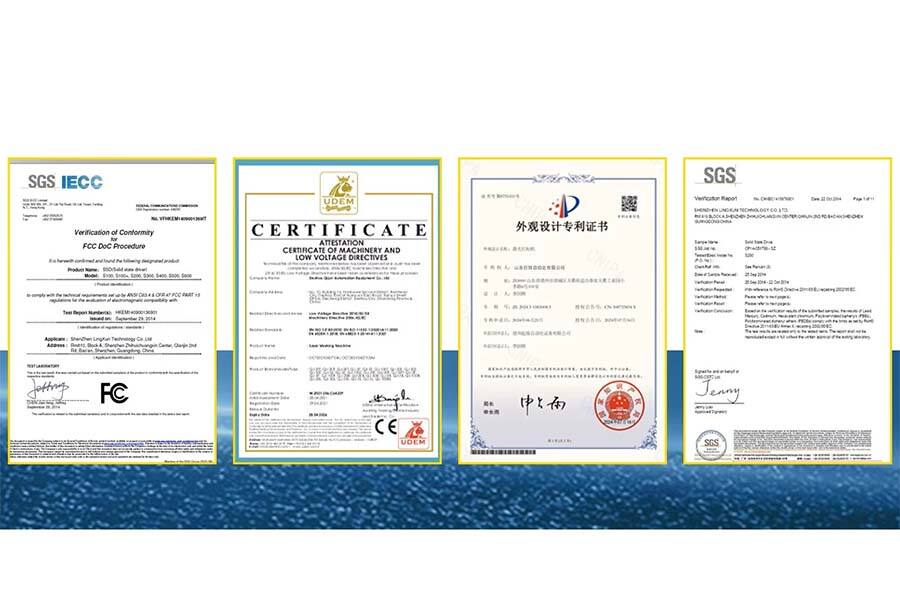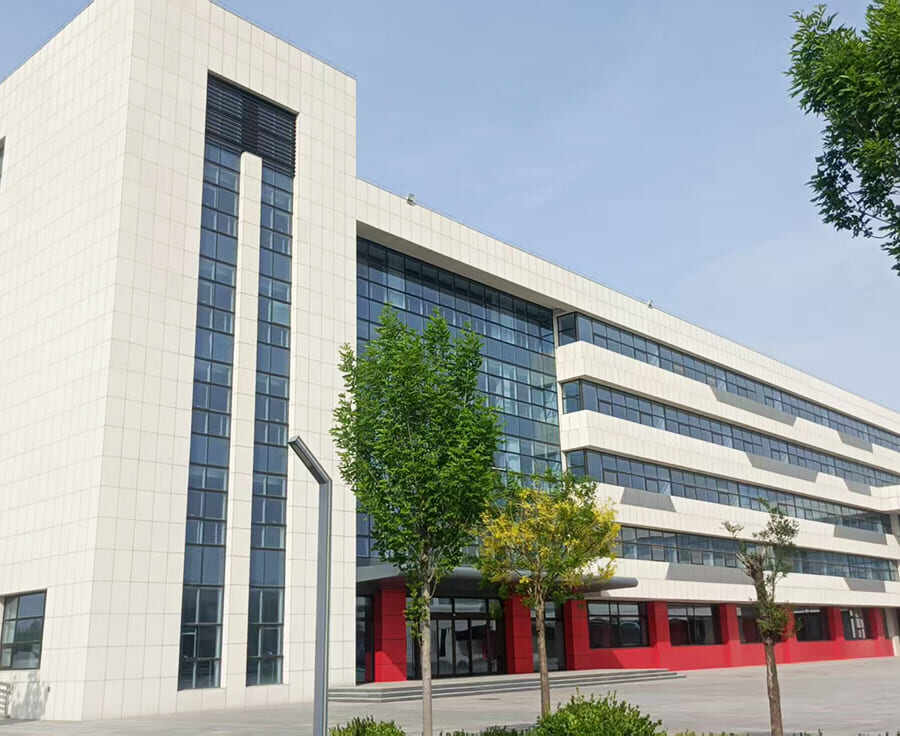Fiber laser cleaning machines represent a technological revolution in industrial surface treatment, fundamentally addressing the pain points of traditional methods in terms of safety risks, environmental compliance, and economic efficiency. In the face of increasingly stringent environmental regulations (such as REACH/ROHS) and rising labor costs, processes like sandblasting and chemical stripping have exposed fatal flaws—workers' prolonged exposure to carcinogenic silica dust and highly corrosive chemicals has led to a surge in occupational diseases, resulting in billions of dollars in workers' compensation claims and fines for non-compliance annually across the global industrial sector. Fiber laser cleaning technology, however, centers on a non-contact cold light source, elevating operational safety and sustainability to new heights: it completely eliminates the hazards of toxic chemicals and silica dust, avoids thermal damage and deformation of the base material, and can control stripping precision to the micron level, making tasks like restoring antique clock parts or aircraft engine blades—once deemed impossible—routine.
The economic transformation value of this technology is equally remarkable. Traditional sandblasting requires continuous consumption of abrasives (accounting for 35%-50% of project costs), while chemical stripping generates hazardous waste disposal costs as high as $5,000 per ton. In contrast, fiber laser equipment relies solely on electrical power, reducing consumable costs by 90% with a single investment, while improving cleaning efficiency by 3-5 times—for example, rust removal on ships can reach 10 square meters per hour, and when combined with a dust recovery system, it achieves zero wastewater and waste residue emissions. Actual case studies from manufacturing users show: mold cleaning cycles have been reduced from 8 hours to 90 minutes, the lifespan of critical equipment has been extended by over 50%, and the equipment investment can be recouped within two years.
This versatility is driving a paradigm shift across industries. In the automotive manufacturing sector, laser-based removal of weld seam oxidation layers has increased body electrocoating pass rates by 22%; cultural relic restoration experts use 200W pulsed lasers to remove rust from bronze artifacts while preserving millennia-old inscriptions; more remarkably, it can eliminate radiation dust dispersion risks during nuclear power plant decommissioning operations. As global carbon reduction targets drive industrial upgrading, this equipment—compatible with stainless steel, aluminum alloys, and even composite materials—has become a standard solution for ISO 14001-certified enterprises. It creates not only clean surfaces but also core competitiveness for Industry 4.0.


